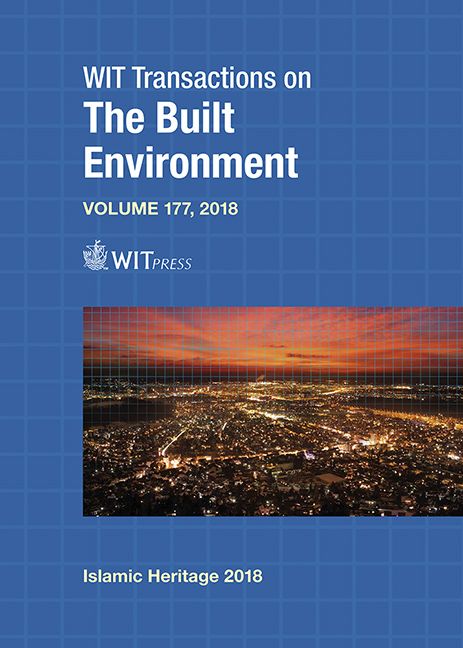ISRAELI SETTLEMENTS IN THE OLD CITY OF HEBRON
Price
Free (open access)
Transaction
Volume
177
Pages
9
Page Range
199 - 207
Published
2018
Size
1,803 kb
Paper DOI
10.2495/IHA180171
Copyright
WIT Press
Author(s)
WAEL SHAHEEN
Abstract
Since the occupation of the city of Hebron in 1967, the Israeli authorities started a series of closure in the Old City both in public and private properties in order to impose the reality of the occupation on the city and its citizens and push them into abandoning it and to obliterate its features. Ever since that date, the occupation authorities have begun implementing a settlement project that aimed to surround the city with settlements. They established a set of settlement outposts in the neighborhoods that contain historical buildings, provided full protection to settlers, and took all measurements in placing pressure on the Palestinians in order to push them to leave by issued military orders that prevent the restoration and habitation of many buildings. They also completely closed all streets, neighborhoods and buildings of the Old City, forced curfews for long periods of time, and turned the Old City into a military barrack by establishing many barriers, monitoring and inspection points, which resulted the deportation of dozens of families, in addition to eliminating the economic recovery after shutting down many shops. Several parts of the Old City became completely deserted because of the economic consequences of land confiscation policy and many other policies like the multiple shutdowns and restrictions placed on movement. The Old City of Hebron still remains in 2017 similar to a ghost town, most of its streets are deserted and most of its shops are closed by welding iron, unlike the energetic and crowded streets on the other side of the checkpoint in area HI, where the Palestinian commercial activity moved to. Since the Old City of Hebron is an ancient masterpiece that must be preserved, this preservation requires highlighting the architectural and urban structure of the Palestinian centers in order to revitalize and rehabilitate it. It also requires exposing the hidden actions of the Israeli occupation in Judaizing Palestinian areas and overcoming these practices that prevent the rehabilitation process from taking its place, and that is the aim of this research.
Keywords
occupation, settlement, historical centre buildings, placing, closure, demolition




